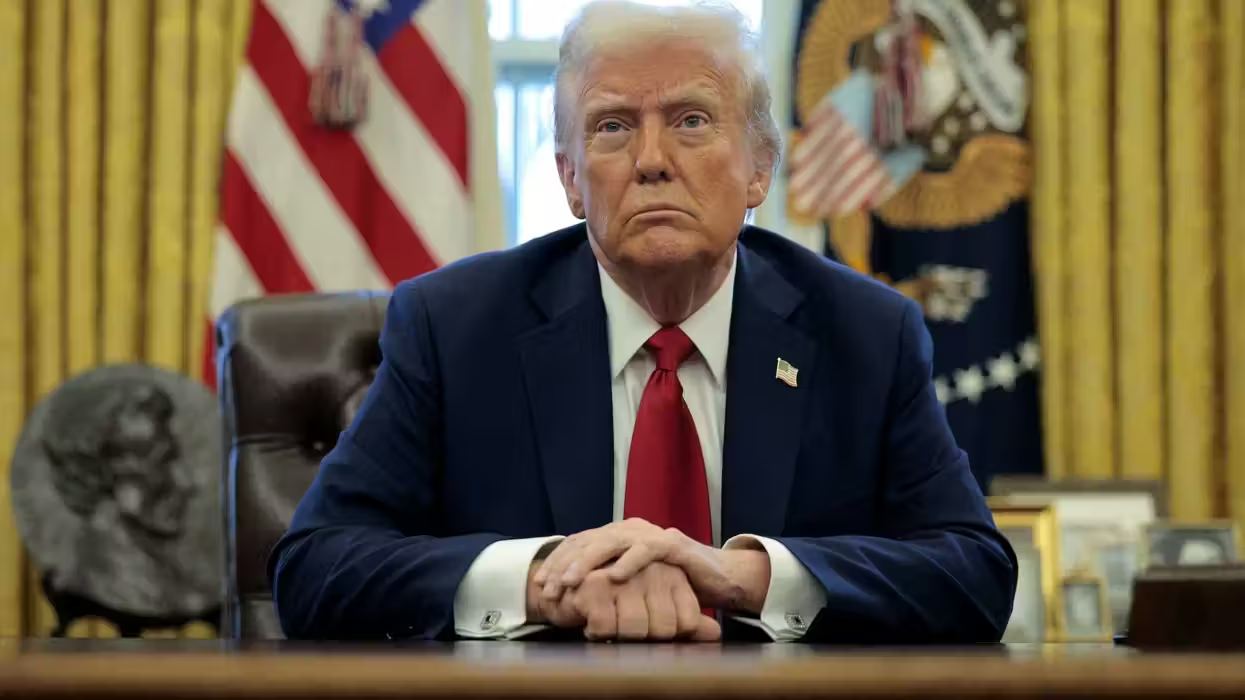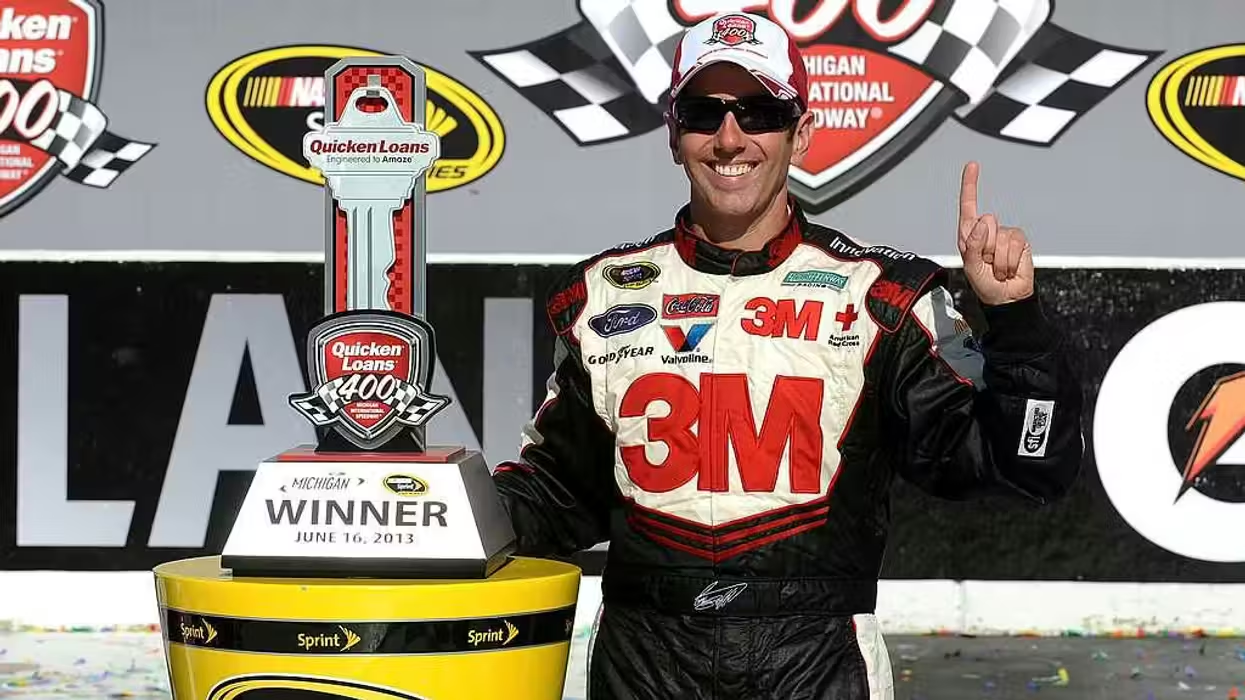
© 2025 Blaze Media LLC. All rights reserved.
Report: How Fuel Economy Standards May Be Missing Some Very Important Info.
March 13, 2013
 (Photo: Shutterstock.com)
(Photo: Shutterstock.com)
A new report from the University of Michigan Transportation Research Institute has found that although fuel economy of vehicles has improved by 40 percent over the last four decades, fewer occupants per car and increased distance actually resulted in more fuel being used overall.
The research by Michael Sivak evaluated data from the U.S. Department of Transportation since 1970. Sivak found that fuel economy from light duty vehicles improved from 4.6 gallons per 100 miles to 7.7 gallons per 100 miles. Vehicle distance traveled conversely increased 155 percent and vehicle load dropped 27 percent (from 1.9 to 1.38 persons), resulting in an 84 percent rise in the distance occupants traveled.
Taken together then, this resulted in occupant fuel economy improving by just 17 percent.
"As a consequence of the changes in vehicle fuel economy, vehicle distance traveled and vehicle load, the total amount of fuel used increased by 53 percent," Sivak said in a statement.
Sivak explained further in the university's press release that there is a rebound effect when it comes to reducing fuel economy of vehicles. He said about 10 percent of the gain in fuel economy would be lost due to an increased amount of travel.
"Importantly, however, changes in fuel economy of new vehicles take a long time to substantially influence the fuel economy of the entire fleet," Sivak said in a statement. "This is the case because it takes a long time to turn over the fleet. Consequently, an 18 percent reduction in fuel used by vehicles purchased in a given year—due to a 20 percent improvement in their fuel economy—would result in only about a 1 percent reduction of the fuel used by the entire fleet."
This is why, Sivak explained, some policies seeking a more immediate reduction in fuel consumption have focused on reducing the distance vehicles travel by increasing taxes on gasoline.
Read Sivak's report here.
--
Related:
- Study: EPA-Approved Ethanol Gasoline Blend Found to Gunk Up Engines
- Here's the New Electric Car Chrysler Fully Expects to Lose Money On (And Here's Why They're Making It)
- Dealerships Fear Costly Fuel Efficiency Standards Will 'Price Out Millions' of Consumers
Featured image via Shutterstock.com.
(H/T: Slashgear)
Want to leave a tip?
We answer to you. Help keep our content free of advertisers and big tech censorship by leaving a tip today.
Want to join the conversation?
Already a subscriber?
more stories
Sign up for the Blaze newsletter
By signing up, you agree to our Privacy Policy and Terms of Use, and agree to receive content that may sometimes include advertisements. You may opt out at any time.
Related Content
© 2025 Blaze Media LLC. All rights reserved.
Get the stories that matter most delivered directly to your inbox.
By signing up, you agree to our Privacy Policy and Terms of Use, and agree to receive content that may sometimes include advertisements. You may opt out at any time.






